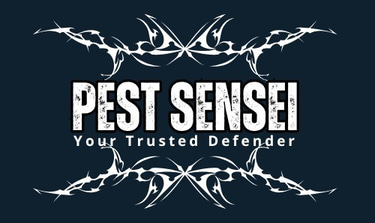Weevil Alert! Keeping Your 'Beras' Safe: A Malaysian Homeowner's Guide
Weevils in your rice? Don't throw it out yet! Learn how to fix it and prevent it from happening again
Chan, H.H.
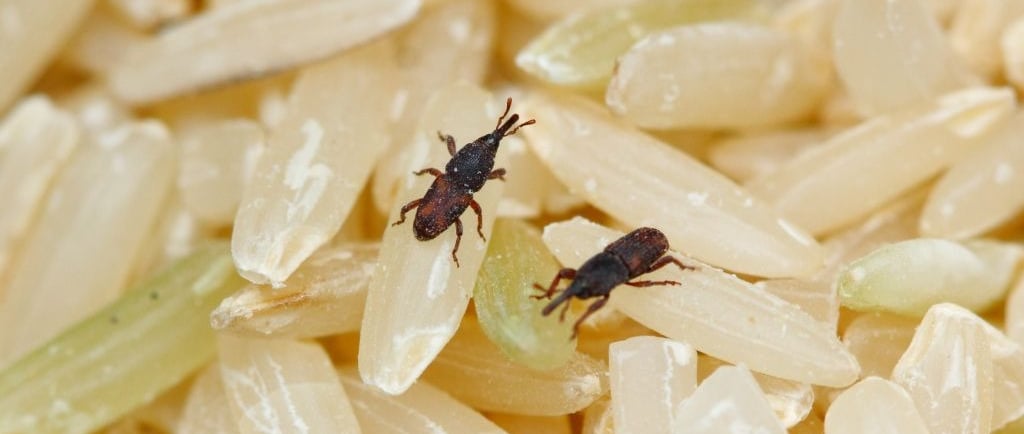

Rice, or 'beras,' is a staple in Malaysian households. It's the heart of our meals, from nasi lemak to fragrant biryani. But what happens when those tiny invaders, 'ulat beras' or rice weevils, decide to make your rice their home? If you've ever found these unwelcome guests in your rice, you're not alone. It's a common problem for many Malaysian families. While Pest Sensei focuses on other pests, we're here to share a practical guide and debunk some myths about these pantry invaders, helping you keep your rice safe.
Understanding Rice Weevils: A Brief Introduction
"Rice weevils, or 'ulat beras,' are small, dark brown insects with a distinctive snout. They thrive in our warm, humid Johor Bahru climate, laying hundreds of eggs right inside rice grains. The larvae then consume the kernel, leaving behind hollow shells. Adult weevils can live for months, and they're not picky – they'll eat other cereals and stored products too, if you let them spread! Because they contaminate your rice, and reduce the nutritional value, it is important to deal with them quickly."
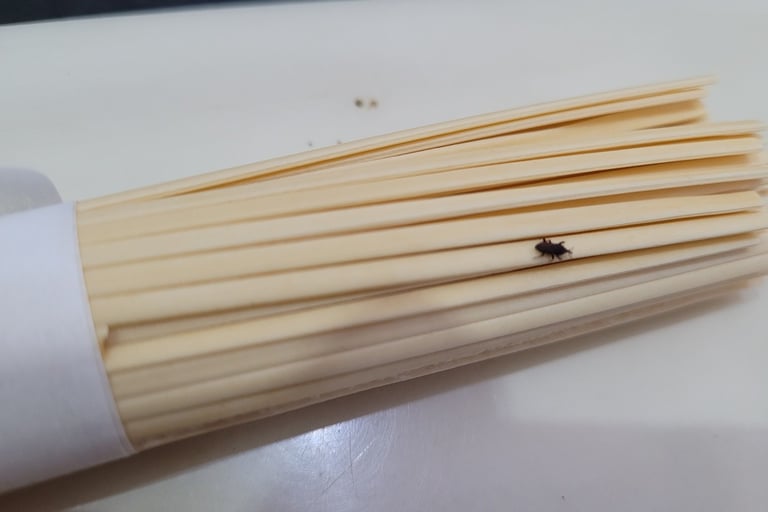

Understanding Rice Weevil Infestations in Johor Bahru
Why do they appear in your rice? Well, rice weevils are common in the rice industry. While grains are often treated with pesticides, these treatments don't always reach the eggs and larvae inside the kernels. And with our bustling trade and transport, reinfestation can happen easily. Often, the infestation starts before you even bring the rice home from any local JB supermarket or kedai runcit.
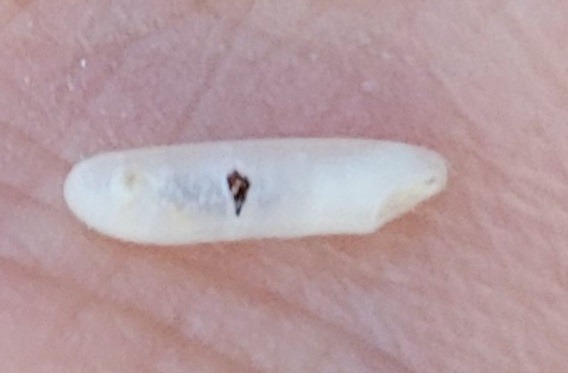

Eating Rice Infested with Weevils
Good news: weevils themselves aren't harmful to eat. They are source of proteins! But those hollow rice kernels? They're not very nutritious. For a quick fix, rinse your rice thoroughly. The empty kernels will float, making them easy to remove. For severe infestations, it's often best to discard the rice.
How to Eliminate Rice Weevils
Sunlight Exposure: Spread the rice on a 'dulang' or tray, or even newspaper and let our the sun do its work! In Johor Bahru, we often have plenty of sunshine. The heat will drive away adult weevils, only if the rice are spread thinly. The eggs and larvae remain unaffected.
Oven Heating: Heat the rice in your oven at 66°C for 20 minutes. Stir it to ensure even heating. Be prepared for some weevils to try and escape!
Freezing: Seal the rice in ziplock bags and freeze it for four days at -18°C. This kills all life stages. However, you will need to keep storing your rice in the freezer. Taking the rice out may result in condensation (water), which can cause molds.
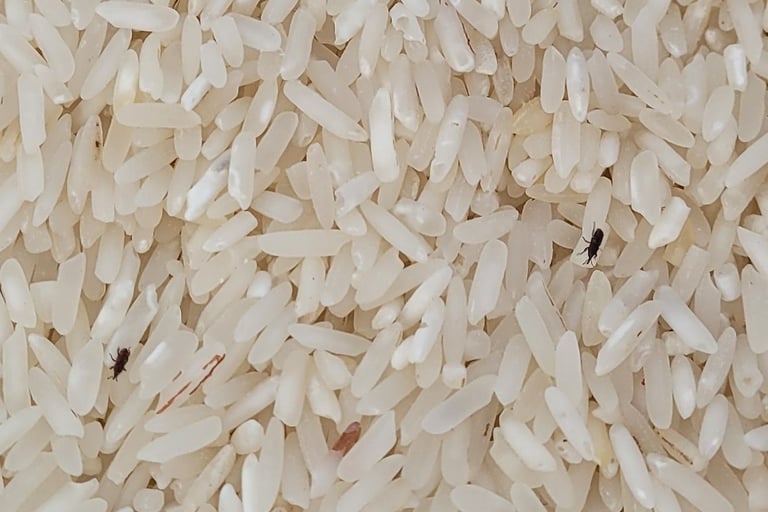

Preventing Future Infestation
Clean rice container thoroughly. After dealing with an infestation, it's crucial to clean your rice container. Pay special attention to the lid and any gaps where weevils might hide. Some containers have small gaps near the lid's seal, making them ideal hiding spots.
Check packaging. When buying rice, carefully inspect the packaging. Look for any tears or holes. Vacuum-packed rice should be firm; if it's loose, it might have been compromised.
Buy smaller packs. With many working parents in JB and the convenience of food delivery, rice consumption can be slower. To minimize the risk of weevils, consider buying smaller packs of rice that you can use up quickly.
Consider instant rice. Instance rice is probably not a thing for fellow Malaysian. But for those who only cook occasionally, instant rice can be a good alternative. It's pre-cooked and sealed, reducing the chances of weevil infestation.
Do I Need to Spray Anything?
No, you don't. It is crucial to remember that the rice is likely already infested when purchased. Treatment is required only if you are a rice producer, exporter or mange rice-storing silos.
Pest Sensei
Expert pest control solutions for your needs in Johor Bahru and surrounding areas.
© 2025. All rights reserved.
Powered by Solbright
